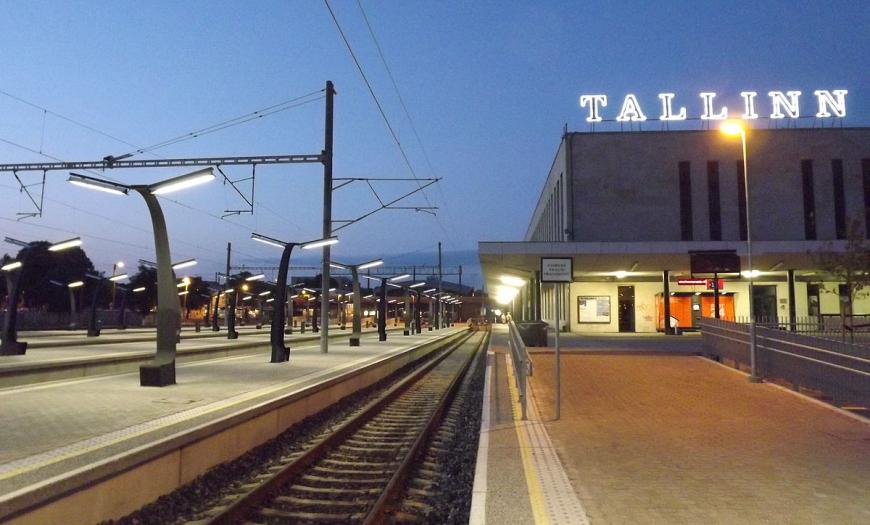The Tallinn-Baltic railway station was built in 1870 as the main station on the Baltic Port - Revel - St. Petersburg railway. During the Second World War, the building was badly damaged. In the post-war years, Lengiprotrans developed a partial restoration project. In 1967 the station complex was completely renovated.
In the course of the work, the reconstruction of the existing station, the construction of a new suburban pavilion and a connecting building were designed. Reconstruction of the main building included the addition of an operating room with a span of 10 m, replacement of outdated structures, installation of new staircases, suspended ceilings in the halls of the first floor, awnings of the main entrance at the platform and end facades. Also included in the project was the installation of new heating, ventilation, water supply, sewerage and electric lighting systems.
The station is a complex of structures that were put into operation one by one. In 1965, the pavilion for commuter passengers, platforms, connecting building and underground networks were commissioned. In 1967, the main building of the station was reconstructed. The passenger building was designed for 600 long-distance passengers and 900 commuter trains. The station is a dead end; international and intercity routes start and end here.
Photo: The Tallinn-Baltic railway station (source: wikimedia.org)


